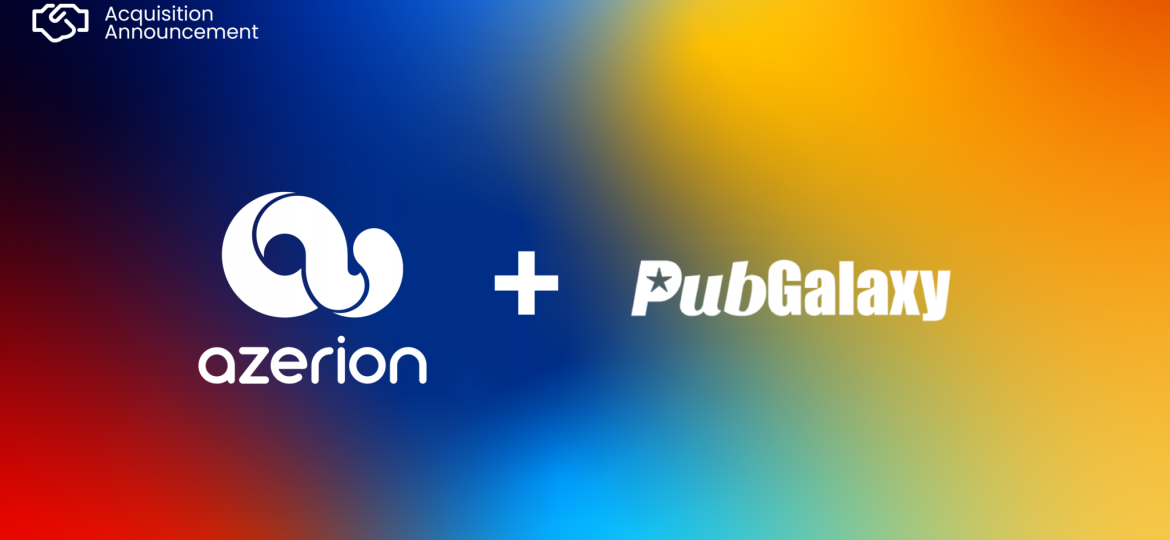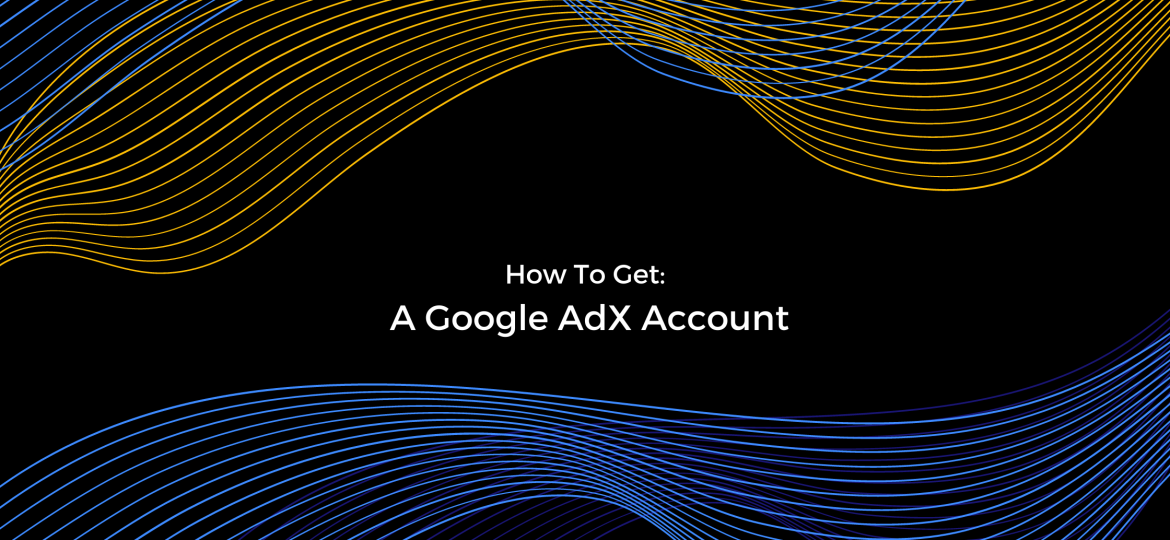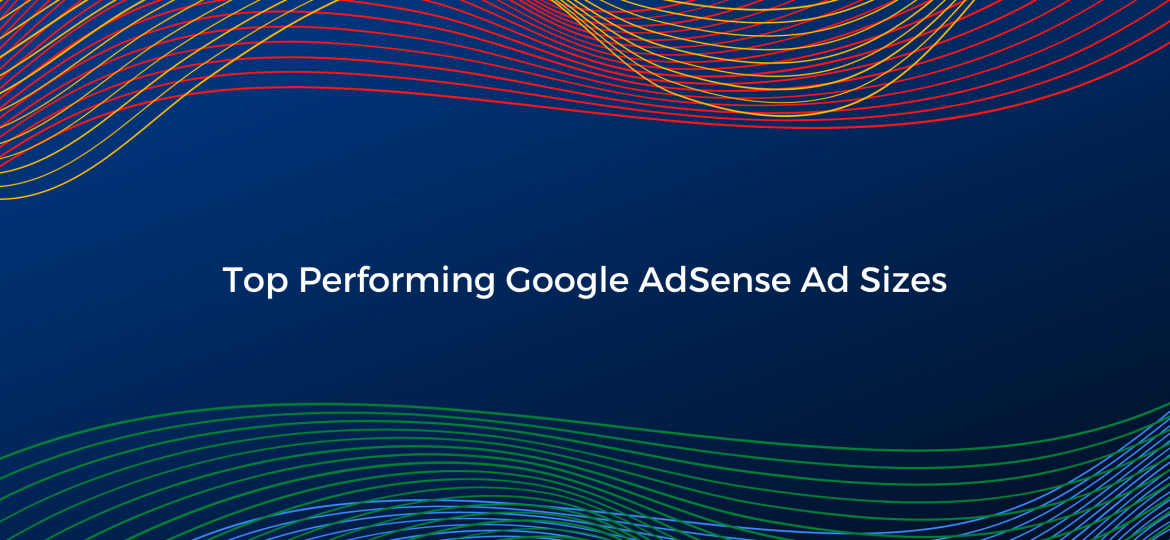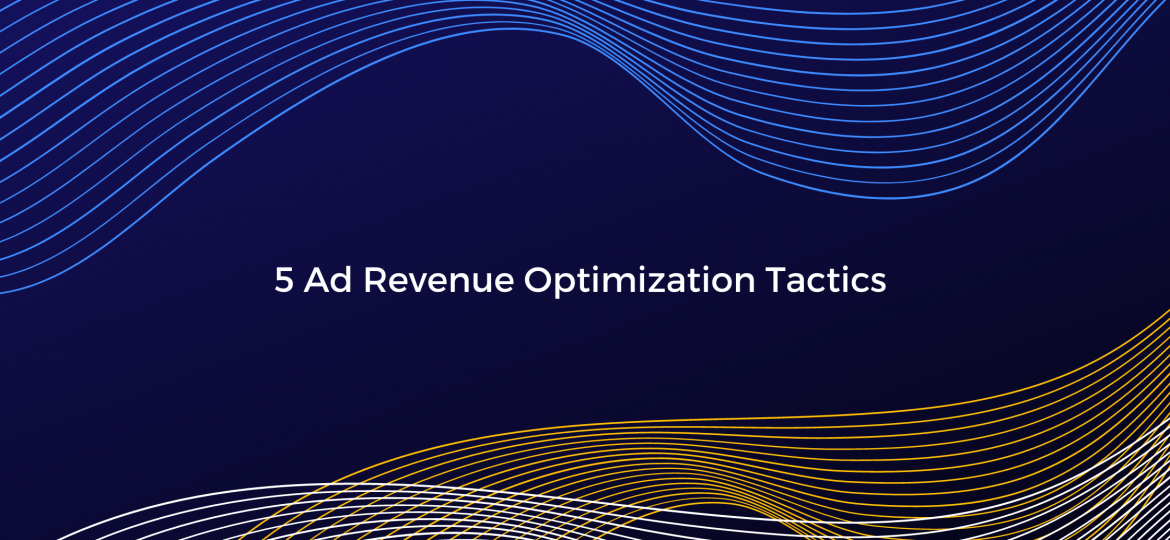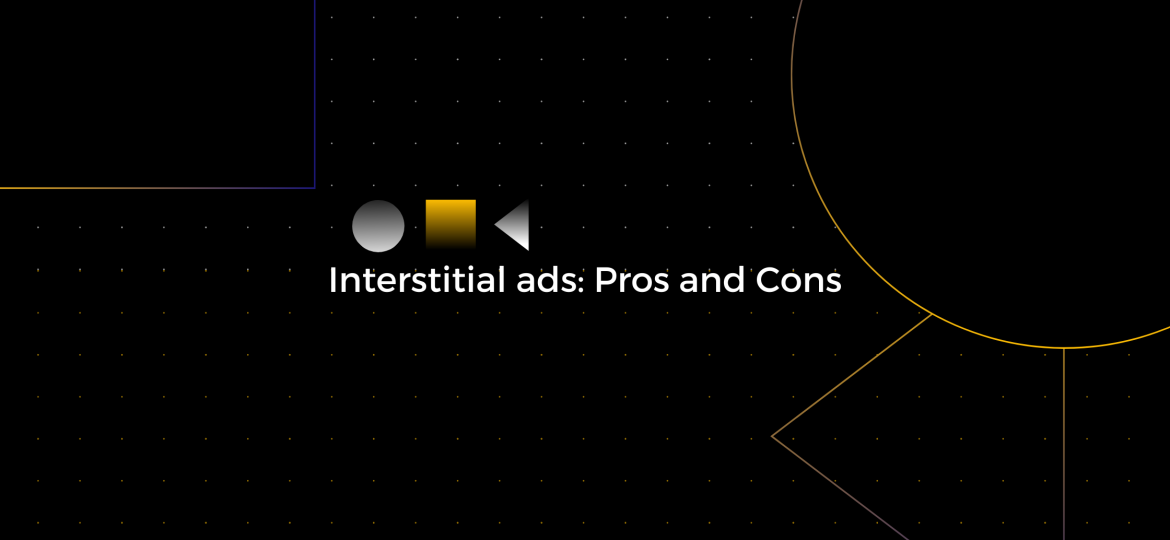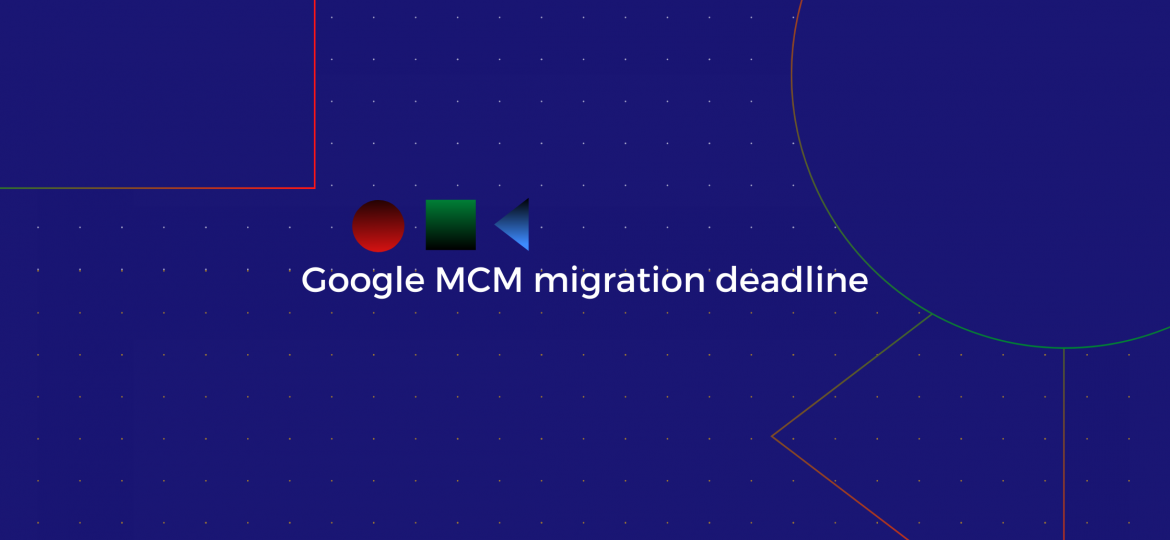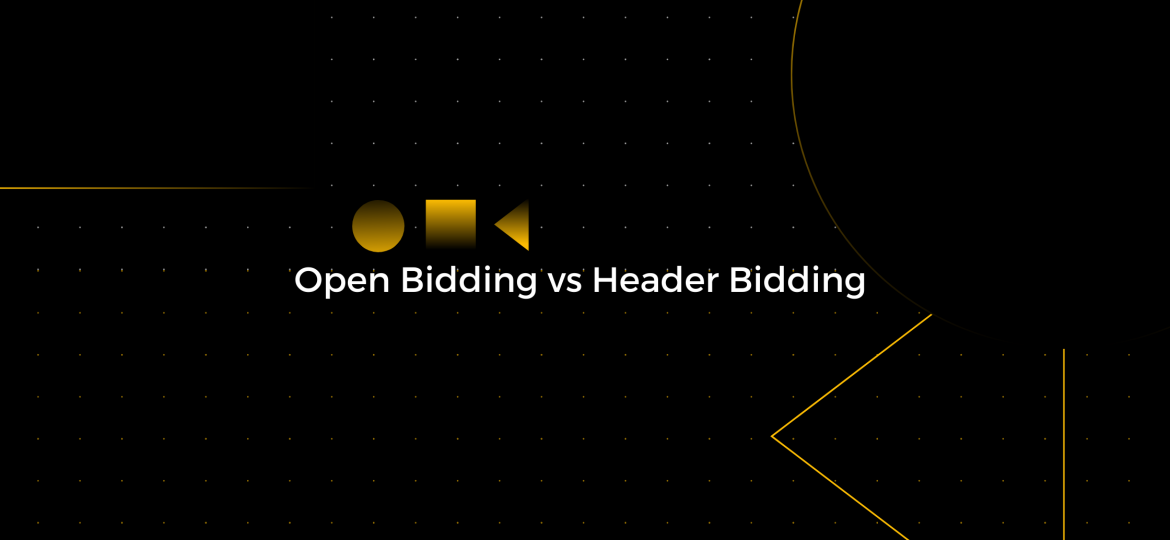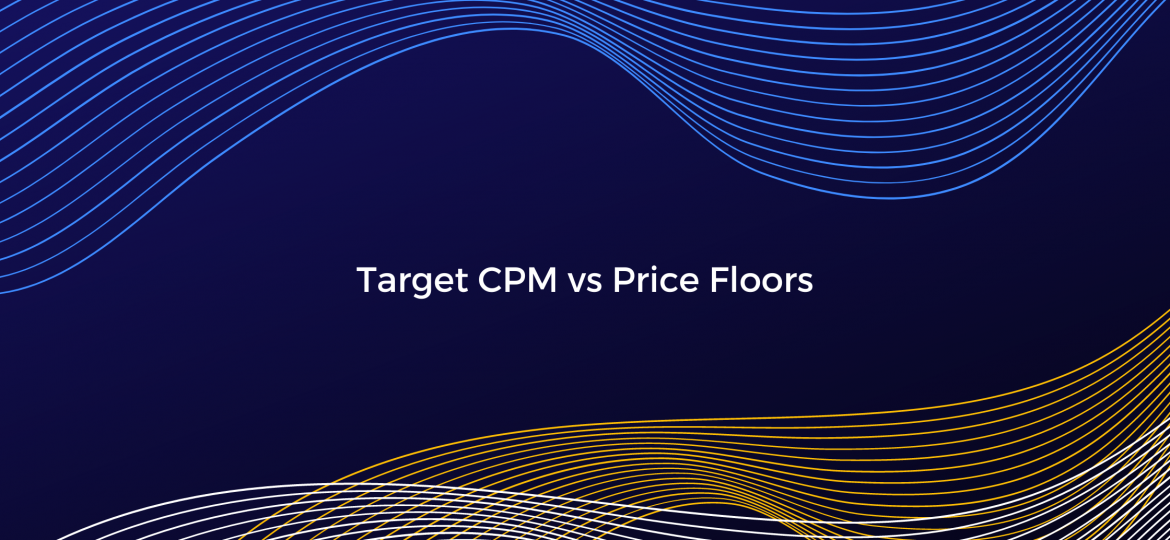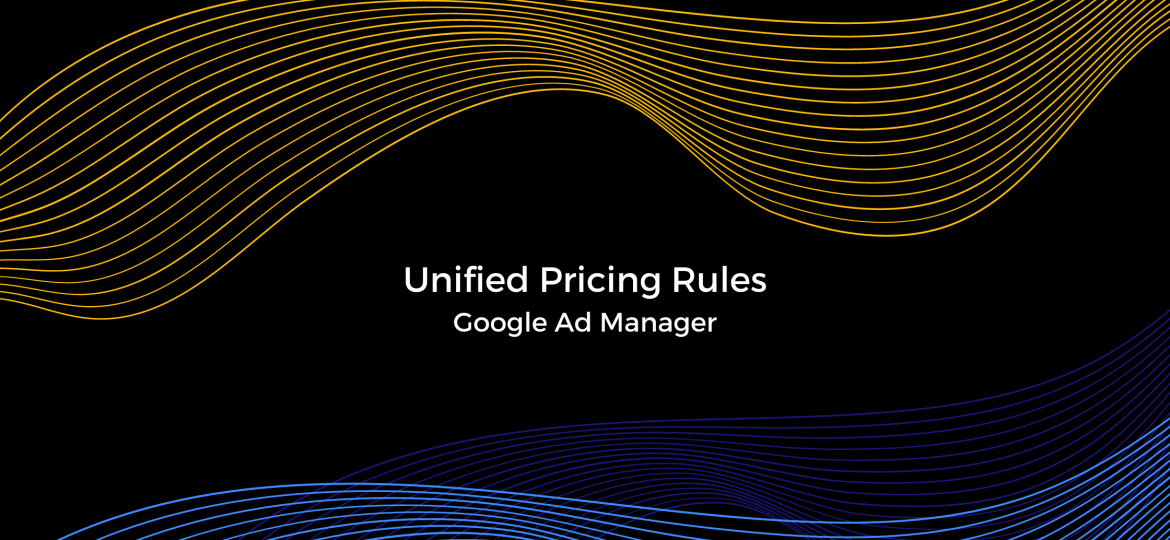We are excited to announce that PubGalaxy is now part of Azerion, the fast-growing digital entertainment and media platform. As we join forces, we will work to reinforce Azerion’s monetization capabilities and facilitate access for publishers to world-class advertisers. Azerion is a global media company that has seen immense success over the past decade. With over 1000 employees in 27 locations, the company has established a strong foothold across the publishing and advertising ecosystems. We couldn’t be happier to be joining their ranks and are looking forward to the new horizons we will reach together. “We are delighted to welcome PubGalaxy to our platform. They understand the challenges faced by publishers and have developed a comprehensive programmatic offering that matches perfectly the needs of our partners. Their integration will result in knowledge and technology sharing on both sides, and an enhanced customer experience for our advertisers and publishers”, explains Joost Merks, Chief Investment Officer of Azerion. Ivan Ivanov, CEO of PubGalaxy further adds: “As a historical digital publisher, our teams know the publishing industry inside out. Some of the biggest publishers have already entrusted us with their monetization strategies, as we strive to devise the most effective ways to maximize their ad revenues. We are confident that the expertise and insights gained from our two-decade experience in the publishing world will be of great help to Azerion’s network of advertisers and publishers.” This is an important milestone for PubGalaxy as with Azerion behind us and through the synergy of our…
admin
Are you looking for a way to step up your Google AdSense game? Google Ad Exchange (AdX) has a reputation for being able to deliver on those high ad revenues that all publishers aspire to. Via Google’s AdX publishers gain access to a wider pool of demand sources, the ability to set direct and preferred deals, as well as a plethora of new options to manage, optimize and monitor their ad inventory. It’s an enticing and lucrative endeavor and it’s understandable why so many publishers want in. Before finding out how to start using Google AdX, let’s first get a better understanding of what it is and how it works. What Is Google AdX? Google Ad Exchange, or Google AdX, is Google’s programmatic marketplace where publishers, advertisers, networks, and agencies meet to auction ad space in real-time, as well as in direct and private deals. In comparison to Google AdSense, AdX offers access to a much larger inventory and a robust pool of buyers, including third-party networks and advertisers. This creates superior competition and results in higher revenues for publishers. In addition, the platform features advanced functionalities that give publishers more control over how their ad inventory is auctioned. This, however, translates to a more resource-intensive operation. As opposed to Google AdSense, which is a plug-and-play sort of solution, using Google AdX would require extensive knowledge to set up and manage optimizations and dedicated resources, such as an ad ops team in place, and/or third-party support. How Does Google AdX…
In a sea of possibilities, how does one make a choice? Google AdSense offers many ad sizes to choose from and for a newbie, selecting those right for your website might seem like a daunting task. You need to consider not only how many, but what format and size the display ads on your website will be. The main factors to take into consideration are user experience, page layout, your audience profile, and of course your performance goals. When it comes to revenue expectations, there are certain ad sizes that are consistently bringing higher yields than others. Of course, you need to place them appropriately on the page, so that they don’t disrupt the user experience, but are still highly noticeable. Some ad sizes are preferred by advertisers, meaning a higher demand for them and therefore higher returns for the publishers. In this article, we will focus on the top 5 best performing Google AdSense banner ad sizes, as determined by Google itself. Top AdSense Banner Sizes The Medium Rectangle (300×250) This is the ad unit most popular among both publishers and advertisers. It is compact, yet noticeable (especially when placed above the fold), fits most sidebars as well as side by side to the content. It supports both text and image ads and can be used on both mobile and desktop. Because of its versatility and a large amount of inventory available, it is quite preferred by advertisers, turning it to one of the higher-paying ad sizes. One popular…
In order to earn more money from their ads, many digital publishers experiment and constantly adjusting their ad revenue strategies. In this piece, we have selected 5 great tactics to optimize your ad revenue. Experiment with different Ad networks Ad networks are businesses that collect ad supply from publishers and connect it with the demand of advertisers. It is essential that you engage with the right ad network as a publisher, in order to increase your revenue. You must ensure that your site visitors see appropriate ads. Certainly, there are numerous ad networks to pick from, but it is better if you select the one that is the best fit for you. Don’t pick an ad network based on its one-of-a-kind capabilities, instead choose an ad network that fits your website needs. Test different ad formats Experiment with different ad formats to see what works best for your site. As a matter of fact, there is no such thing as a one-size-fits-all solution. Ad formats that work for other websites may not work for you. So, if you want to increase your eCPM, you must do your own trials. Outstream Video Ads Video ads have made significant advances in the marketing business. Viewers are engaged in what the ad is about and the brand or company it is from.Outstream video ads are defined by Google Advertising as “mobile-only ads that display on partner sites and applications outside of YouTube,” and they can play in an app or on a page…
Prebid.js, the most popular header bidding technology, was initially launched back in 2015. According to its creators, the goal was to “make header bidding easy for publishers by bringing conformity and simplicity to the header bidding process”. Today, Prebid has become the most widely used header bidding wrapper on the web. It is an open-source technology that allows anyone to build on it, using one simple optimized foundation. It also offers the largest repository of working header bidding adapters. In this article, we’ll discover what exactly are header bidding adapters and look at a few examples. What is a Header Bidding Adapter? Header bidding adapters are a piece of code that is used to create bid requests and process these requests to a specific demand partner. Each programmatic partner that the publisher wants to include in their header bidding setup has its own adapter, which must be added to the wrapper. The adapter carries the bid request along with information about the ad size, type, and format. The most popular header bidding adapter is non-surprisingly that of the most popular header bidding wrapper – Prebid.js. Prebid is a free open-source header bidding technology, which has the largest repository of working adapters, supporting over 300 demand partners and 50 analytics providers. There can sometimes be compatibility issues between different adapters in one container, in which case the adapters could be adjusted by either the buyer or the wrapper management party. Types of adapters Prebid offers two types of adapters for publishers:…
Interstitial ads have become quite popular in the last few years, despite the penalties set by Google back in 2015. They are most popular on mobile and in gaming apps, however, in 2020 Google also launched interstitials for the web (check out this article for more information on them). Since then, the format has gained more traction and has its fans and critics. Let’s see what exactly are interstitial ads, what are their pros and cons and some best practices for their implementation. What are interstitial ads? Interstitials are essentially full-screen ads that can be displayed on desktop or mobile web, or in-app. Normally, they appear at transitions points (such as navigating away from a page or after pausing a game) to minimize intrusiveness. Interstitials can be a variety of types, including, but not limited to images, video, rich media, and text. They are characterized by high click-through and CPM rates. However, publishers need to use them in compliance with the Better Ads Standards, Google’s Search Standards, Google’s recommended implementations, and best practices in order to stay away from penalties. A compulsory element of interstitial ads is having a clear exit/close button. Web interstitials also have a fixed frequency cap of one ad being shown to a user per hour per subdomain. Ads should be preloaded in order to avoid latency when being displayed to the user and to ensure a positive user experience. Advantages Let’s take a look at why this ad format is so popular among publishers. High…
In June this year, Google revealed that they will be discontinuing the Scaled Partner Management (SPM) feature by the end of September 2021, which would mark the end of the transition to the brand new Multiple Customer Management (MCM) model. In an update from yesterday (14 September 2021) Google announced that they’re going to be pushing the deadline back to 31 January 2022. The change is due to multiple partners having challenges migrating to MCM in time, while future plans also include providing more details around Google’s plans on the retirement of SPM. The previous deadline of 30 September 2021 is now going to be the last available date for child publishers to be added to SPM. After that, all new entries will need to be added directly to the MCM feature. Source: Google New MCM transition timeline Google is also breaking down its MCM migration schedule into five separate steps to maintain a balanced pace across the network. Managing partners will be required to transfer a minimum of 15% to 30% of their managed revenue, varying between the different stages. Failing to meet these new benchmarks will result in a certain portion of SPM traffic being blocked from accessing Ad Exchange demand, with the percentage being larger as we approach the final deadline. Other demand sources will not be impacted by the penalty. Source: Google Our progress so far We’re happy to say that we’re currently near 100% completion in migrating all of our child publishers to Multiple Customer…
Header bidding has become the buzzword of the last few years and its widespread adoption by the ad tech world means there’s a reason for that. It maximizes demand competition for every ad impression and boosts revenues. Soon after header bidding’s rise, Google introduced Exchange Bidding, or EBDA (Exchange Bidding in Dynamic Allocation). It was meant as an alternative to header bidding that required much less publisher involvement. Today, Google’s product is known as Open Bidding. In this article, we’ll take a look at both header bidding and Open Bidding, how they compare to each other, and how publishers can decide which one to use. What is Header Bidding? A technology that allows multiple ad exchanges to simultaneously bid on the publisher’s ad inventory before a call to the ad server. It can be implemented client-side (i.e. browser-side), and/or server-side. Both ways have their pros and cons, but the main goal is to reach a larger number of demand sources than with the traditional waterfall method and hold the auctions in a transparent and efficient way. Today, publishers can choose from multiple header bidding demand partners and use open-source, proprietary, or managed wrappers to streamline the process. Chances are, if you’re monetizing your website, you are using header bidding or considering it. Naturally, with header bidding’s adoption getting wider and wider, Google had to offer its own version. Enter Exchange Bidding in Dynamic Allocation (EBDA). Now known as Open Bidding. What is Open Bidding? Open bidding is Google’s server-to-server technology…
Back in December 2018 Google released Target CPM out of beta and made it available to all Google Ad Manager (then called Google Ad Exchange) users. The tool is an adjustable alternative to the traditional (fixed) price floor and comes in handy for boosting publishers’ fill rates. In this article we’ll take a closer look at both the good old price floors and Target CPM, focusing on the latter as the newer yield management option. What is a Price Floor? Going straight to definitions, a price floor is a fixed CPM price that serves as a set minimum to the bids that can participate in an auction. It allows publishers to define a price threshold for their inventory, below which they are not willing to sell. Most publishers will already be familiar with the concept, as it has been a key tool in yield management for quite a while. Price floors were especially useful in second-price auctions, back when this was the standard. Today, in a first-price auction world, the pricing strategies have changed as there is no longer a need to minimize the difference between the two highest bids. However, bid shading has imposed the need for a tool to preserve publishers’ ad inventory value, and price floors play a key role here. Another important use for price floors is to keep low-quality ads away in order to preserve the user experience unharmed. What is Target CPM? Target CPM, or tCPM, is another way to set price floors that…
In 2019 Google officially moved to a first-price auction. In addition to that, it also changed the way rules are being set in Google Ad Manager (GAM) and the old Pricing Rules were replaced by what Google calls Unified Pricing Rules (UPRs). They were created to simplify and centralize the process, and to create consistency in pricing across all channels. Through UPRs publishers can set common pricing rules for all indirect demand for their inventory from a single place within Google Ad Manager. This article will give you a better understanding of what UPRs are and how they are applied within GAM. What are UPRs? Unified Pricing Rules are a feature of Google Ad Manager that allows publishers to manage floor prices and target CPM across all available programmatic demand in a centralized way. Google has listed the following scenarios where UPRs can be applied: The Open Auction via Authorized Buyers Private Auctions First Look demand Third-party exchanges that participate in Open Bidding Remnant line item types Price Priority, Network, and Bulk Ad Exchange linked accounts AdSense backfill (this was not part of the list when UPRs were introduced) Then, there are certain contexts where UPRs are not applicable: Programmatic direct campaigns, including programmatic guaranteed (standard and sponsorship) and preferred deal line items House line items Line items with a zero (0) rate and no Value CPM set Line items with a CPD or CPA rate, which are treated as if they have a $0 rate Publishers can use either…


